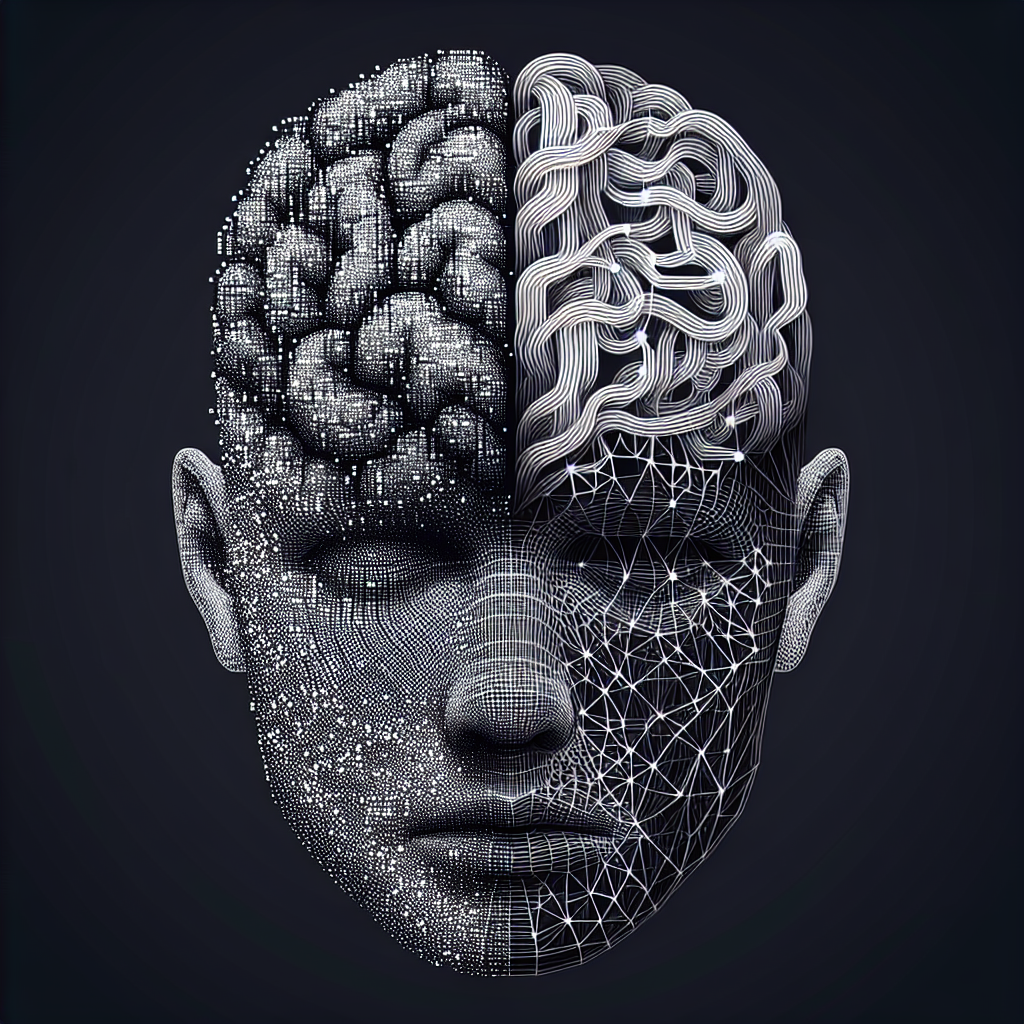Generative artificial intelligence (AI) has been a hot topic in recent years, with advancements in machine learning and deep learning techniques enabling machines to generate new content such as images, music, and text. This technology has a wide range of applications, from creating realistic looking faces to generating music compositions. But what exactly is the psychology behind generative AI, and how does it work? In this article, we will explore the psychological principles that underlie generative AI and how it is shaping the future of technology.
The Psychology Behind Generative AI
Generative AI is a subset of artificial intelligence that focuses on creating new content rather than just analyzing existing data. This is achieved through the use of algorithms that are trained on large datasets to learn patterns and generate new content based on those patterns. The psychology behind generative AI can be understood through the lens of creativity and human cognition.
Creativity is a complex and multifaceted process that involves the ability to generate original and valuable ideas or solutions to problems. It is a fundamental aspect of human intelligence and is thought to be driven by a combination of cognitive processes such as memory, attention, and reasoning. Generative AI mimics this process by learning patterns from data and using that knowledge to create new content.
One of the key psychological principles behind generative AI is the concept of generativity, which refers to the ability to create new and valuable content. This concept is closely related to creativity and is a fundamental aspect of human cognition. Generative AI systems are designed to mimic this ability by learning patterns from data and using that knowledge to generate new content. This process is achieved through the use of neural networks, which are algorithms inspired by the structure of the human brain.
Neural networks are composed of interconnected nodes that are organized into layers. Each node in the network performs a simple calculation, and the output of each node is passed on to the next layer. By adjusting the connections between nodes, neural networks can learn patterns from data and generate new content based on those patterns. This process is known as deep learning, and it has revolutionized the field of artificial intelligence by enabling machines to perform complex tasks such as image and speech recognition.
Another important psychological principle behind generative AI is the concept of feedback and reinforcement. In order to learn and improve, generative AI systems rely on feedback from their environment. This feedback can come in the form of rewards or penalties, which are used to adjust the connections between nodes in the neural network. By learning from feedback, generative AI systems can improve their performance over time and generate more realistic and valuable content.
Generative AI systems can also be influenced by biases and heuristics, which are cognitive shortcuts that humans use to make decisions. These biases and heuristics can affect the output of generative AI systems and lead to errors or inaccuracies. For example, a generative AI system trained on biased data may generate content that reflects those biases. Understanding and mitigating these biases is an important challenge in the field of generative AI.
FAQs
Q: How does generative AI differ from traditional AI?
A: Generative AI focuses on creating new content, while traditional AI is more concerned with analyzing existing data. Generative AI uses algorithms such as neural networks to learn patterns from data and generate new content based on those patterns.
Q: What are some applications of generative AI?
A: Generative AI has a wide range of applications, including creating realistic looking images, generating music compositions, and designing new products. It can also be used in fields such as healthcare, finance, and entertainment.
Q: How can generative AI be used to enhance creativity?
A: Generative AI can be used to augment human creativity by providing new ideas and inspiration. By learning patterns from data, generative AI systems can generate new content that humans can then build upon and refine.
Q: What are some challenges in the field of generative AI?
A: One of the main challenges in generative AI is mitigating biases and heuristics that can affect the output of AI systems. Another challenge is ensuring that generative AI systems are ethical and adhere to principles of fairness and transparency.
In conclusion, the psychology behind generative AI is a complex and fascinating field that draws on principles of creativity, cognition, and learning. By understanding how generative AI systems work and the psychological processes that underlie them, we can harness the power of this technology to create new and innovative content. As generative AI continues to evolve, it will play an increasingly important role in shaping the future of technology and society.

